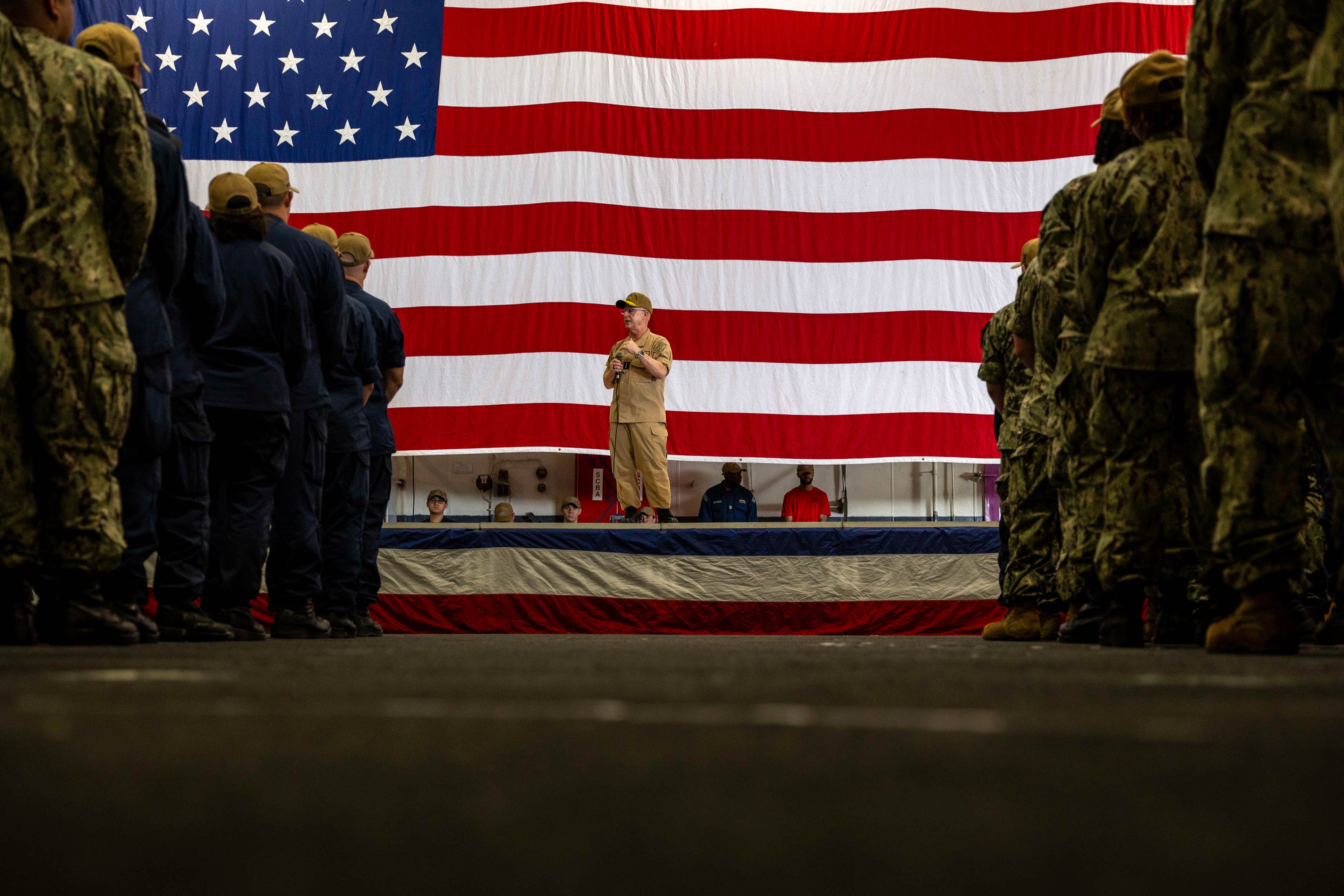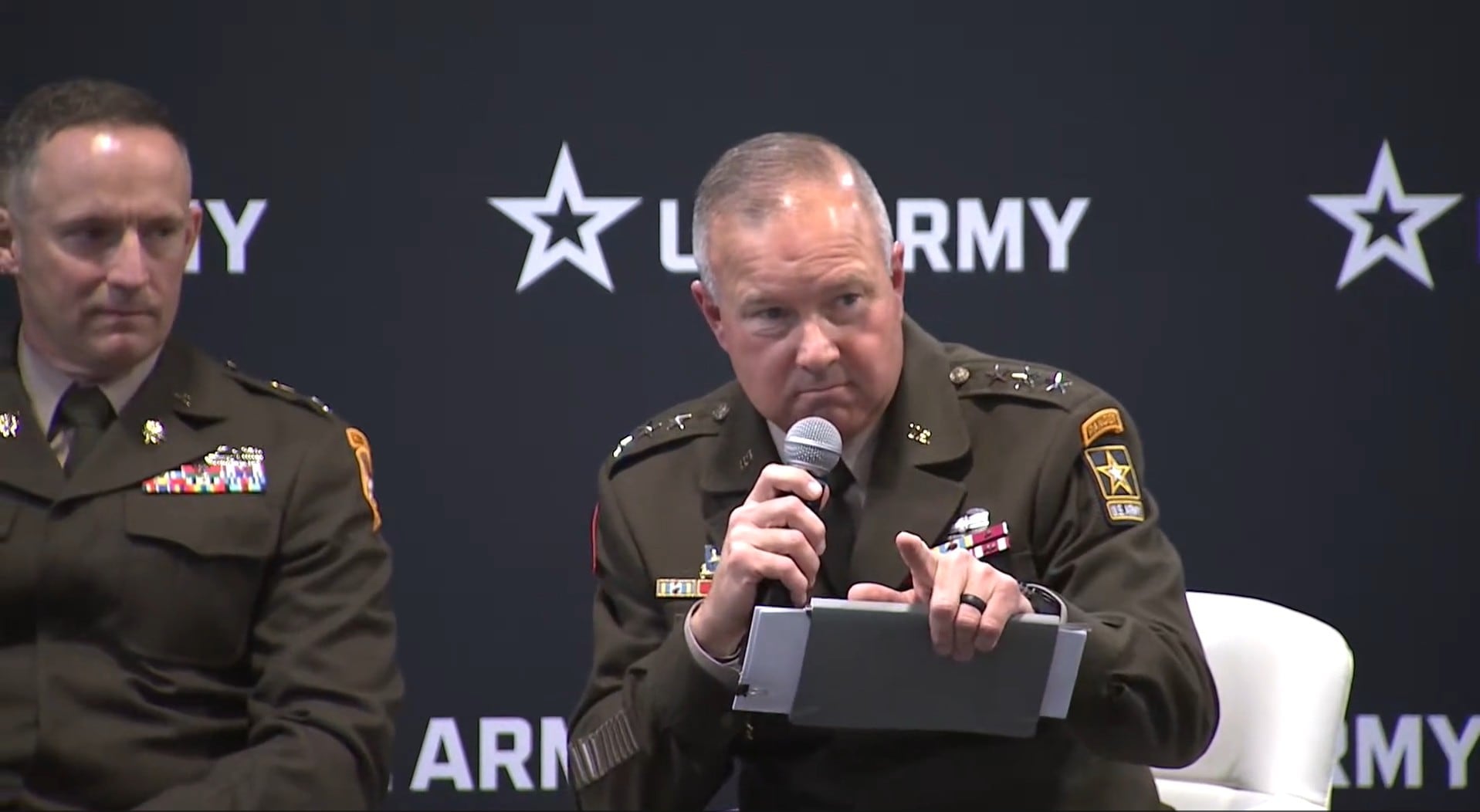The U.S. Navy’s senior officer provided updates Monday on how he will leverage the service’s personnel and infrastructure for a war-fighting advantage.
Adm. Daryl Caudle, who became the 34th chief of naval operations on Aug. 25, framed his expectations for the enhanced technical competence of service members in an administrative message to sailors.
“To keep pace with the proliferation of technology and the global evolution of threats, we are enhancing the quality of our curricula,” Caudle said. “Empowered by timely action and responses from our Navy’s top leaders, we will inculcate a culture of continuous learning that delivers world-class, modernized and battle-ready Sailors.”
Caudle outlined his broader vision previously in an Aug. 25 administrative message, accompanied by a graphic uploaded to X, breaking down areas of focus into the foundry, fleet and the fight.
The newest message from the chief of naval operations provided a more in-depth look into his goals for the foundry.
Caudle emphasized that the Navy’s personnel was its strongest asset for remaining battle-tested against adversaries, and that developing, educating and training service members was paramount to this effort.
Caudle announced the Navy will rename the Ready Relevant Learning program to the “Career Training Continuum” for individual training and career-long learning, in keeping with his focus on maintaining battle-ready sailors through modernization and education.
Caudle said the Navy would identify and remediate gaps in sailor training. The expansion of technology would help with these efforts, according to the CNO.
“I have also directed that our Live-Virtual-Constructive (LVC) efforts be expanded past the current use cases (e.g., integrated C2X training, Fallon airwing events, etc.) to include a more generalized view of LVC that spans from unit level training to schoolhouse utilization to tailored wargaming,” the administrative message said.
Caudle stressed the importance of modernizing shipyards, airfields and barracks, as well as meeting operational timelines through workforce development and top-tier project management.
To achieve the latter, Caudle said the service would improve shipyard training and workplace conditions in order to strengthen second and third shifts in public shipyards.
The CNO, who listed an increase in on-time delivery and workforce retention as a catalyst, promised a future administrative message on the importance of naval infrastructure in service of war-fighting readiness.
Caudle bemoaned the Navy’s current maintenance structure, citing reduced opportunities for sailors to master skills needed to repair naval machinery and vessels at sea.
To address this, the CNO said he would pursue the stand-up of Shore Intermediate Maintenance Activities in Norfolk, Virginia, and San Diego.
“These facilities will provide our Sailors with hands-on training in advanced ship repair and expose them to modern capabilities such as AI/ML, advanced manufacturing (e.g., 3-D printing, CAD/CAM, etc.), workflow monitoring technologies and robotic systems,” Caudle said.
Riley Ceder is a reporter at Military Times, where he covers breaking news, criminal justice, investigations, and cyber. He previously worked as an investigative practicum student at The Washington Post, where he contributed to the Abused by the Badge investigation.





